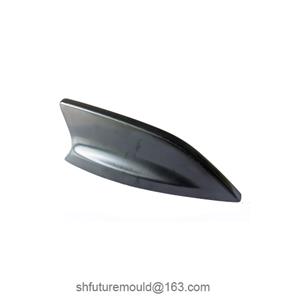Basic Settings for Mold Temperature in Injection Molding
Mold temperature is a critical factor affecting the quality of products produced through injection molding. A reasonable mold temperature setting can improve the surface finish of the product, reduce internal stress, shorten the molding cycle, and enhance the dimensional stability of the product.
Basic Principles for Mold Temperature Setting
Material Properties: Different materials have varying thermal deformation temperatures, crystallization temperatures, and other physical properties. Therefore, mold temperature settings should also vary. In general, crystalline polymers require higher mold temperatures to promote crystallization, while non-crystalline polymers require lower mold temperatures to avoid deformation.
Product Structure: The wall thickness and complexity of the product's shape can affect the mold temperature setting. Thin-walled products require higher mold temperatures to accelerate cooling, while thick-walled products require lower mold temperatures to ensure the core layer cools completely.
Molding Process: Injection pressure, injection speed, and holding time, among other process parameters, can also affect the mold temperature setting.
Mold Structure: The design of the mold's cooling channels, materials, and other factors can influence the distribution and control of the mold temperature.
General Steps for Setting Mold Temperature
Refer to Material Data Sheets: First, consult the recommended mold temperature range for the used material.
Start Low, Go High: Begin testing with a lower mold temperature and gradually increase it, observing the changes in product quality.
Comprehensive Consideration: To determine the optimal mold temperature, consider factors such as product quality, molding cycle, and production costs.
Impact of Excessive or Insufficient Mold Temperature
Excessive Mold Temperature:
Products are prone to deformation, shrinkage, and silver streaks.
Mold life is shortened.
Energy consumption increases.
Insufficient Mold Temperature:
The molding cycle is too long.
The product has high internal stress and is prone to warping and deformation.
The surface gloss is poor.
- Injection Mold
- Automotive Injection Mold
- Electronics & Electrical Injection Mold
- Consumer Goods Injection Mold
- Airplane Components Injection Mold
- Medical Components Injection Mold
- Irrigation Components Injection Mold
- Injection Molds




